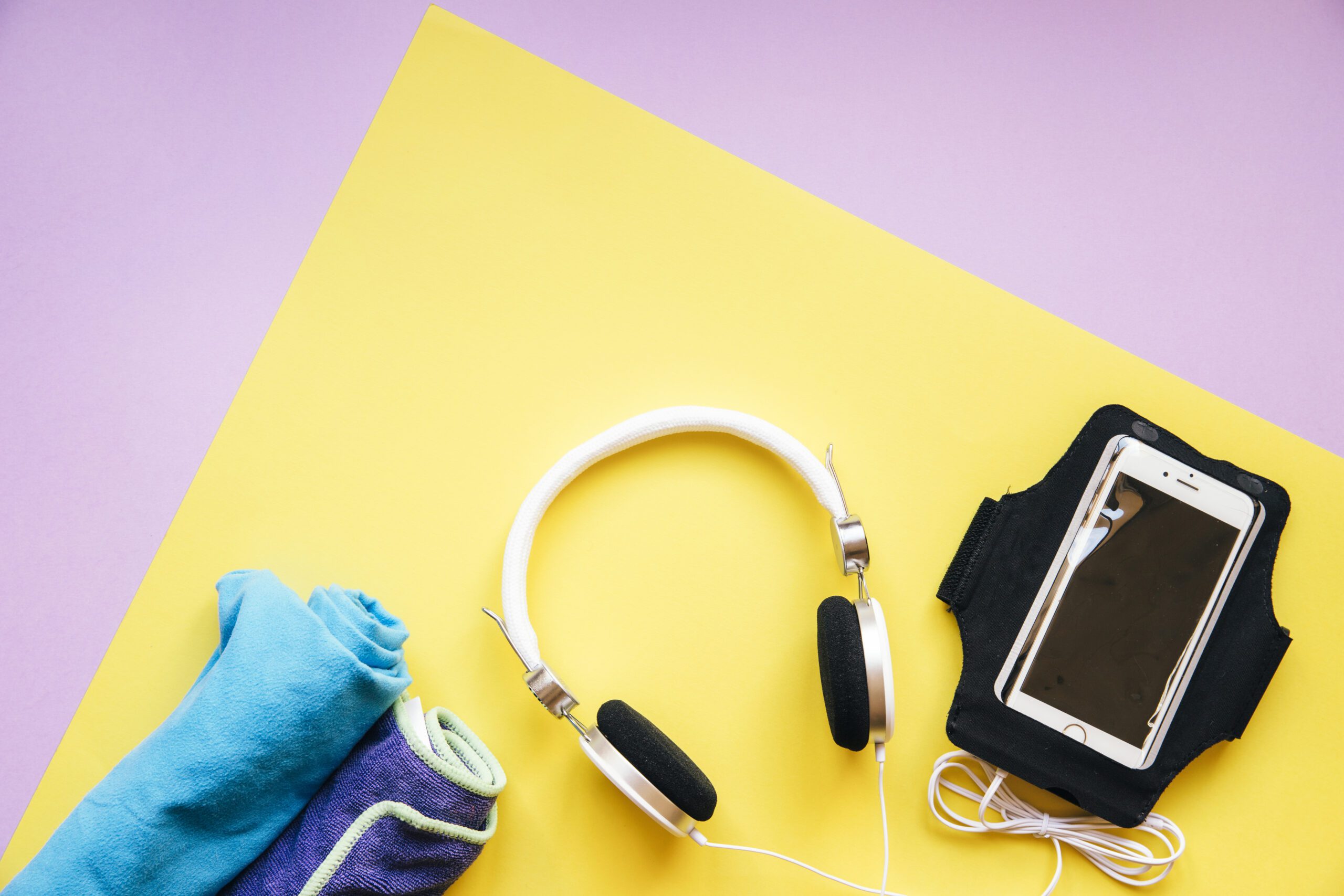Quick remedies for BOILS and BLISTERS
When your child suffers from boils or blisters, you should not panic because there are many home remedies you can try to manage these conditions. Some of these remedies have been used, tried and tested over time while others are developments from modern medical practices.
BLISTERS
Blisters are an accumulation of clear or almost clear fluid between layers of the skin. They maybe caused by heat or chemical burns, rubbing friction, bacterial infection, viruses including hand, foot and mouth diseases, fungi, or allergies to certain plants. Blisters range in size from the size of a pinhead to several inches in circumference. If a child wears new shoes that rub against the skin, she may develop blisters. Other causes of blisters include burns from exposure to heat, electricity, chemicals, radiation from the sun, or friction.
Spider bites, such as a bite from a brown recluse spider may also cause blisters. Symptoms of a brown recluse spider bite include reddened skin followed by a blister that forms at the bite site, pain and itching, and an open sore with a breakdown of tissue that develops within a few hours to about four hours following the bite. This sore may take months to heal.
If your child’s finger gets caught in a drawer and is pinched, a blood blister may form due to damage to the tiny blood vessels.
How to identify blisters
You should try to determine the cause of the blisters by taking a history and noting the location and appearance of the blister. When blisters appear on the palms or heels, they usually are due to friction. Wearing ill-fitting shoes without socks may cause blisters of the feet. If the blisters are on the soles and toes they maybe caused by fungi. If you spot a blister on finger cuticles or at the back of fingers, then an infection is present and you should start treatment on your child as soon as possible.
Home remedies
As a general rule do not open blisters caused by friction or burns. Instead, protect them with gauze or bandage. If accidentally opened, trim away the major portion of loose skin, cleanse with soap and water and apply bandage. If the blister becomes infected, it should be opened and soaked in an antiseptic solution. You can get a variety of antiseptics over-the-counter from pharmacies. You will identify an infection if there is redness and tenderness.
Safety measures
Red stripes spreading from a blister could indicate a spreading infection. Take your child to the hospital, as he may need antibiotics. Soaking unbroken blisters in too weak a solution causes marked enlargement of the blisters.
Doctors’ treatment
The doctor will confirm your child’s diagnosis and evaluate the presence and severity of infection. Infected blisters are opened and the fluid is cultured. Oral antibiotics may be prescribed for the child.
BOILS
A boil is an infection that occurs beneath the skin. At first, the skin turns reddish in the area of infection and a tender lump develops. After four to seven days, the lump starts turning greyish-white as pus collects under the skin. Boils are characterised by redness, pain and the formation of pus, which is a mixture of live and dead white blood cells, liquefied dead tissue, and live and dead staphylococcal germs. Pus is therefore infectious and can spread boils to other areas and people.
Boils mostly appear on the face, neck, armpits, shoulders, and buttocks. They are caused by a germ (staphylococcal bacteria), which enters the body through tiny scratches or cuts in the skin or by travelling down the hair to the follicle. When a boil appears on the eyelid, it is caused by a sty, while a carbuncle is a more serious type of infection that occurs when several boils appear in a group on the skin.
Symptoms of boils
Hard, red, painful lumps usually less than an inch in size indicate a boil, formation of pus in the lump, infection around the area of the lump, fever and swelling of the lymph nodes.
Home remedies
If your child has a boil, soak the affected area with warm salty water to decrease pain and help draw the pus to the surface. Once the boil comes to a head with repeated soakings, it will burst. This usually occurs within 10 days of its appearance. You can make a warm compress by soaking a washcloth in warm water and squeezing out the excess moisture. Ensure you cleanse the surrounding skin frequently with soap and water to avoid secondary boils. Boils that have come to a head but have not opened may need to be cut open by a doctor to drain. When the boil starts draining, wash it with an antibacterial soap until all the pus is gone. You can then apply a medicated ointment and a bandage. Continue to wash the infected area two to three times a day until the wound heals.
Safety measures
If your child has boils on the face and forehead, including the nose and lips, consult the doctor. This is because the lymph and blood vessel drainage from these areas is partly internal. Never squeeze a boil as this may cause rapid spread of infection to other areas. Treat all minor wounds and insect bites properly to minimise the likelihood of boil formation.
Doctor’s treatment
Your doctor may incise and drain the boil, culture the pus and order sensitivity studies to identify the antibiotic that will effectively fight the infection. In most cases, oral antibiotics will be given. For chronic, recurrent attacks of boils, the doctor may recommend nose and throat cultures of the entire family to identify carriers and them treated.




